Understanding Human Trafficking
Delve into the complex legal frameworks and human rights implications surrounding the illicit trade and exploitation of human beings. This subject sheds light on the critical role of law enforcement and international cooperation in combating this global scourge and protecting victims’ rights.
KEY POINTS
A QUICK REFRESH
Human trafficking is the use of force, fraud or coercion to get someone to perform labor or sex acts in exchange for money or something else of value such as a place to live or an addictive drug.
- Trafficking has nothing to do with moving something or someone from one country to another. That is smuggling, which is a crime against a border, not a person; people can be trafficked in their own homes.
- Force, fraud or coercion MUST be present for a situation to be trafficking and that force, fraud or coercion MUST be the factor that compels the person to remain in the situation. If you hire someone and promise to pay a certain amount then renege on that promise, that is fraud. If the person you cheated is free to leave and go file a complaint it is not trafficking, though it may be exploitation. This situation only becomes trafficking when the defrauded person is, for example, threatened with deportation for complaining.
- The EXCEPTION to the force, fraud or coercion requirement is that children participating in commercial sexual activity is ALWAYS considered trafficking under federal law. There is no such thing, under federal law, as a child prostitute.
- Not all adult commercial sex is trafficking. There are adults who choose to make a living in the sex trades, but it’s important to remember that choice exists on spectrum. For example, there are many people who choose to make a living in the sex trades because there are no other good options available to them.
- Human trafficking can happen in any business – not just in sexually oriented businesses like escort services or strip clubs. It can also happen where no business exists in any formal sense – such as within families.
- While human trafficking CAN happen to anyone, certain individuals and groups of people are far more vulnerable than others.
- People being trafficked will not always or even often identify as trafficking victims. Because of how trafficking works, most people do not identify their experience as trafficking until AFTER the situation is over.

Dark Secrets: Child Trafficking and Global Responsibility
Dive into our in-depth analysis of child trafficking and global responsibility. Uncover the dark secrets surrounding this topic and raise awareness about the importance of this global challenge. Explore with us and find out how we can make a difference together!
Read more about it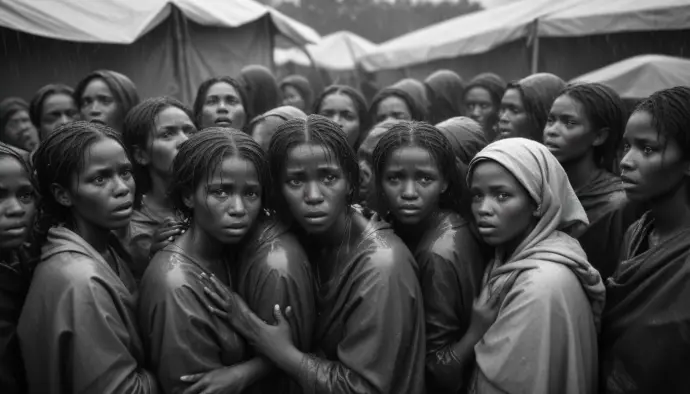
Human Trafficking: The Sinister Face of Forced Displacement
In our article "Human Trafficking: The Sinister Face of Forced Displacement," delve into a detailed analysis of this global issue. Discover how human trafficking affects victims in the context of armed conflict.

Concepts and Definitions
- Evolution of the Concept of Human Trafficking
- Definition of Human Trafficking
- Various Stages of Trafficking
- Human Trafficking Smuggling and Migration
- Trafficking and Prostitution
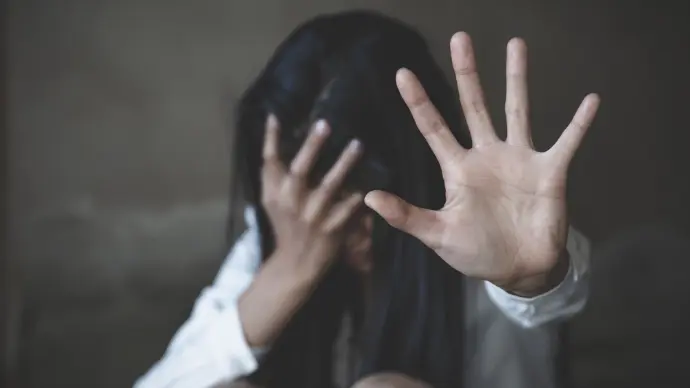
Types of Human Trafficking
- Trafficking for the Purpose of Sexual Exploitation
- Human Trafficking for the Purpose of Labour
- Human Trafficking for Medical Purposes
- Trafficking for Entertainment
- Trafficking for Sports
- Trafficking of Children for Engagement as Child Soldiers
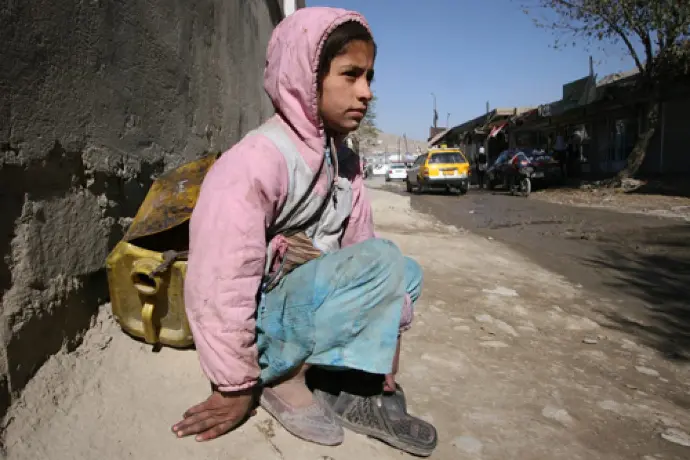
Causes of Human Trafficking
- Causes of Human Trafficking: Demand Factors
- Causes of Human Trafficking: Supply Factors

Dimension of Human Rights, Women and Child Rights
- Human Rights
- Human Trafficking and Human Rights
- Women’s Rights Dimension of Human Trafficking
- Child Rights Dimension of Human Trafficking
- Recommended Principles and Guidelines on Human Rights and Human Trafficking
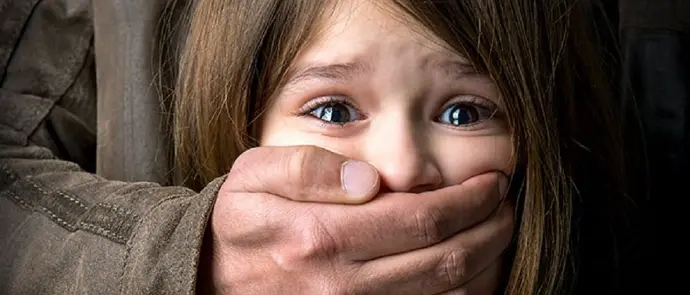
Push and Pull Factors to Human Trafficking
- Various Factors Leading to Trafficking
- Push Factors
- Pull Factors
- Demand Factors

Labor Trafficking: The basics
- Migrants, immigrants and domestic work
- Domestic work in marriage
- Exploitation of disabilities
- Exploitation of addiction
- Fraudulent job offers
- Recruitment fees and debt bondage
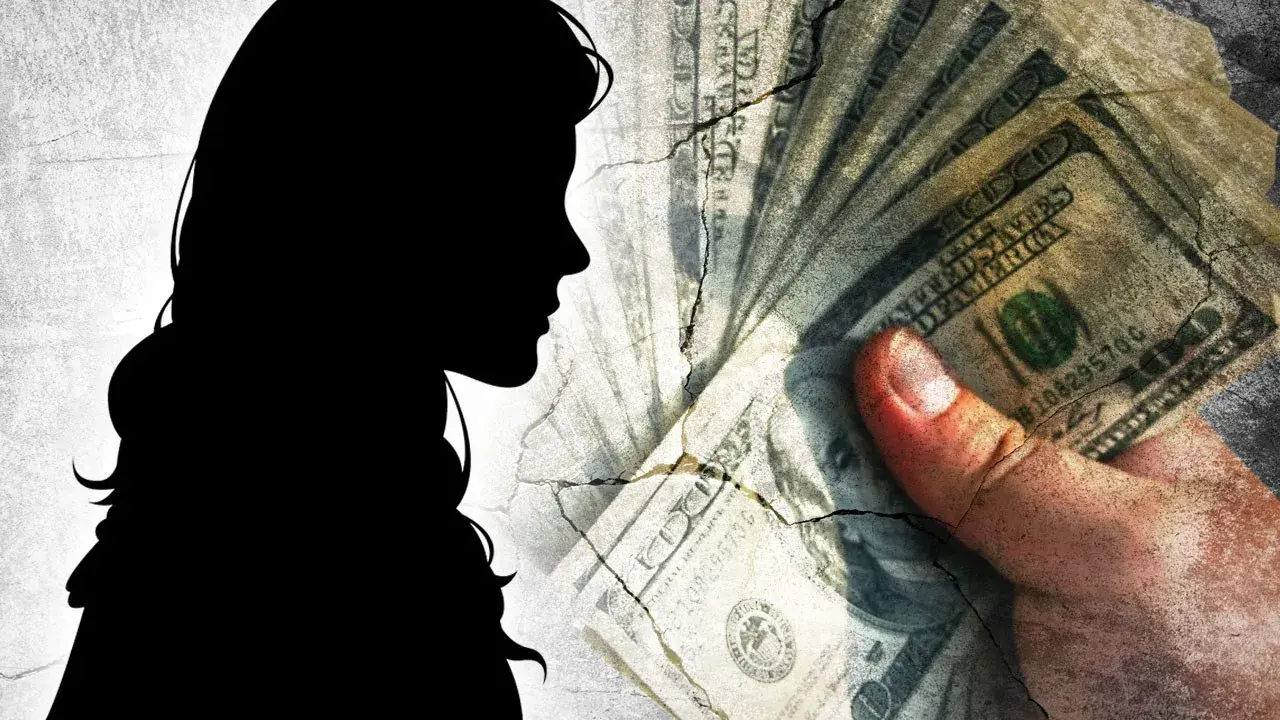
Sex Trafficking: The basics
- Romeo pimps or “boyfriending”
- Familial trafficking
- Child trafficking
- Online Trawling
- Survival sex
- Exploitation of addiction
- Exploitation of disabilities
- Gangs
- “CEO pimping”

Why Facebook and Instagram have become platforms for child sex trafficking
- The surviving victims
- The court documents and the prosecutors
- The responsibility to report
- The moderators
- The limits of the law
- The consequences

The Protocol to Prevent, Suppress and Punish Trafficking in Persons, Especially Women and Children
In this issue, "The Protocol to Prevent, Suppress and Punish Trafficking in Persons, Especially Women and Children," we will examine this vital protocol aimed at protecting the most vulnerable segments of the population.
Read more about it

The Palermo Convention and the Fight against Human Trafficking: An Effective Approach?
Join us on this informative journey that will challenge your knowledge and invite you to reflect on this important topic. Onward, adventurers of justice!
Read more about it
Myths & Facts
Over the years we have heard from thousands of victims and survivors and we have also learned about many myths and misconceptions that people may have about human trafficking. Here we dispel some of the most common ones.

 IHRO NEWS
IHRO NEWS